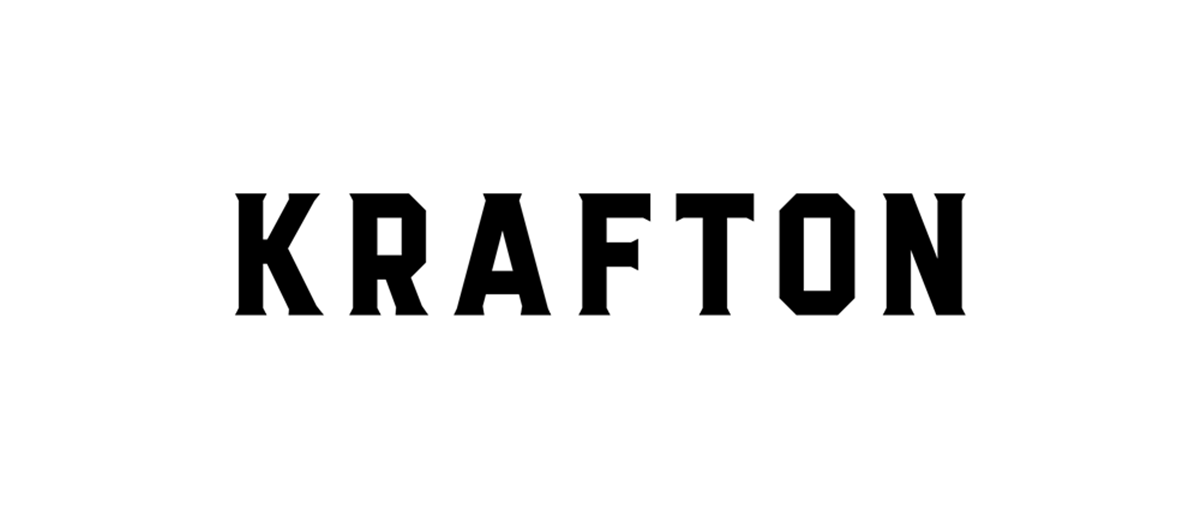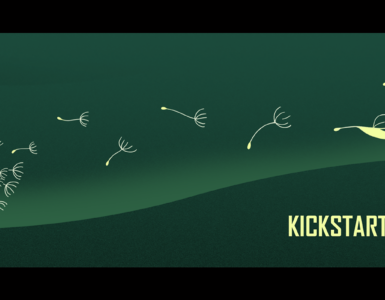An interview with The Callisto Protocol Art Director Demetrius Leal
Demetrius Leal has been working as an artist in film and video game industries for more than 20 years. Now at Striking Distance Studios, he’s working on The Callisto Protocol as the art director. With this new survival horror game is meeting the fans around the globe at the Gamescom 2022 in Koln, Germany, KRAFTON Blog talked to Demetrius for an interview. Keep reading to learn more about this experienced game artist, and the effort to make a more immersive gaming experience.
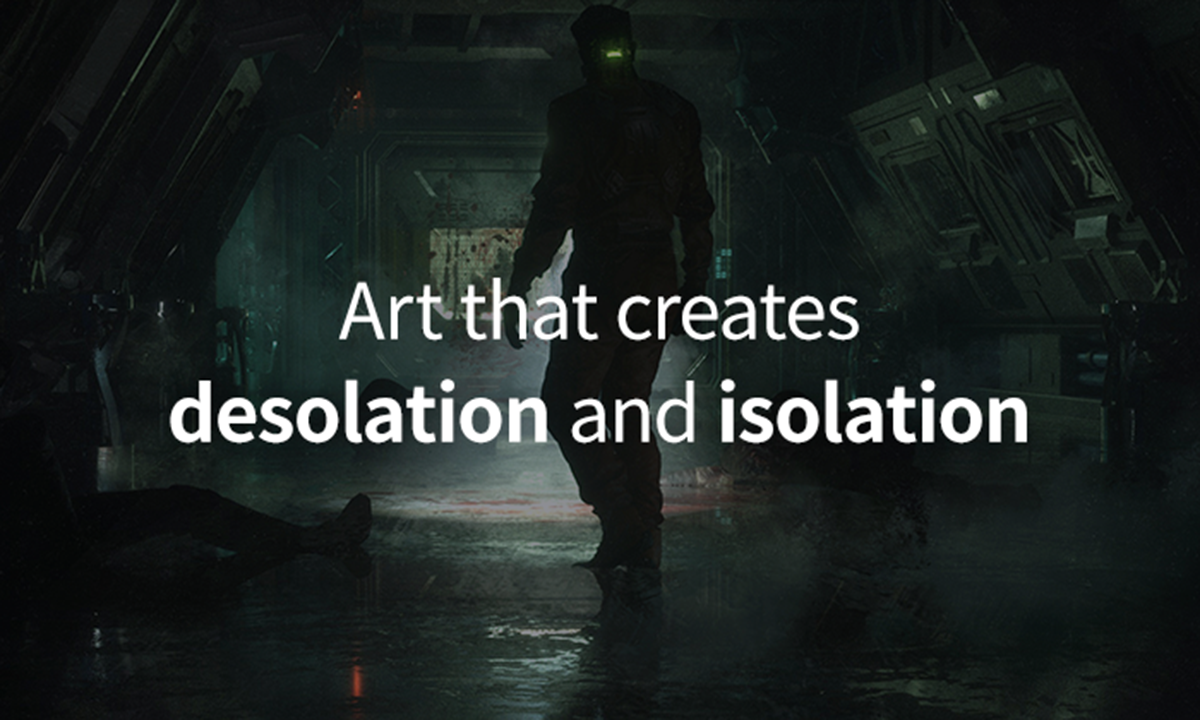
Hello! Could you introduce yourself to the KRAFTON Blog readers?
I’m Demetrius Leal, the art director (AD) for “The Callisto Protocol (TCP).” I’ve been at Striking Distance Studios (SDS) for approximately three years. Previous to that I was working with Glen Schofield on Call of Duty and previous to that, worked with Glen on the original Dead Space at Electronic Arts.
What are your roles and responsibilities at SDS?
I am responsible for defining, communicating, and executing a consistent art direction for the game based on Glen’s overall vision. Initially, much of the work was concentrated on exploration and research to come up with the game’s overall look and art pillars (i.e., overall art guidelines such as horror, designed realism, and relatability).
After defining a look, a lot of the work was documenting what we wanted in the form of an art bible so it could be consistently communicated to the team. After the look was documented and communicated, then it was working with the other directors and team to execute what we had planned.
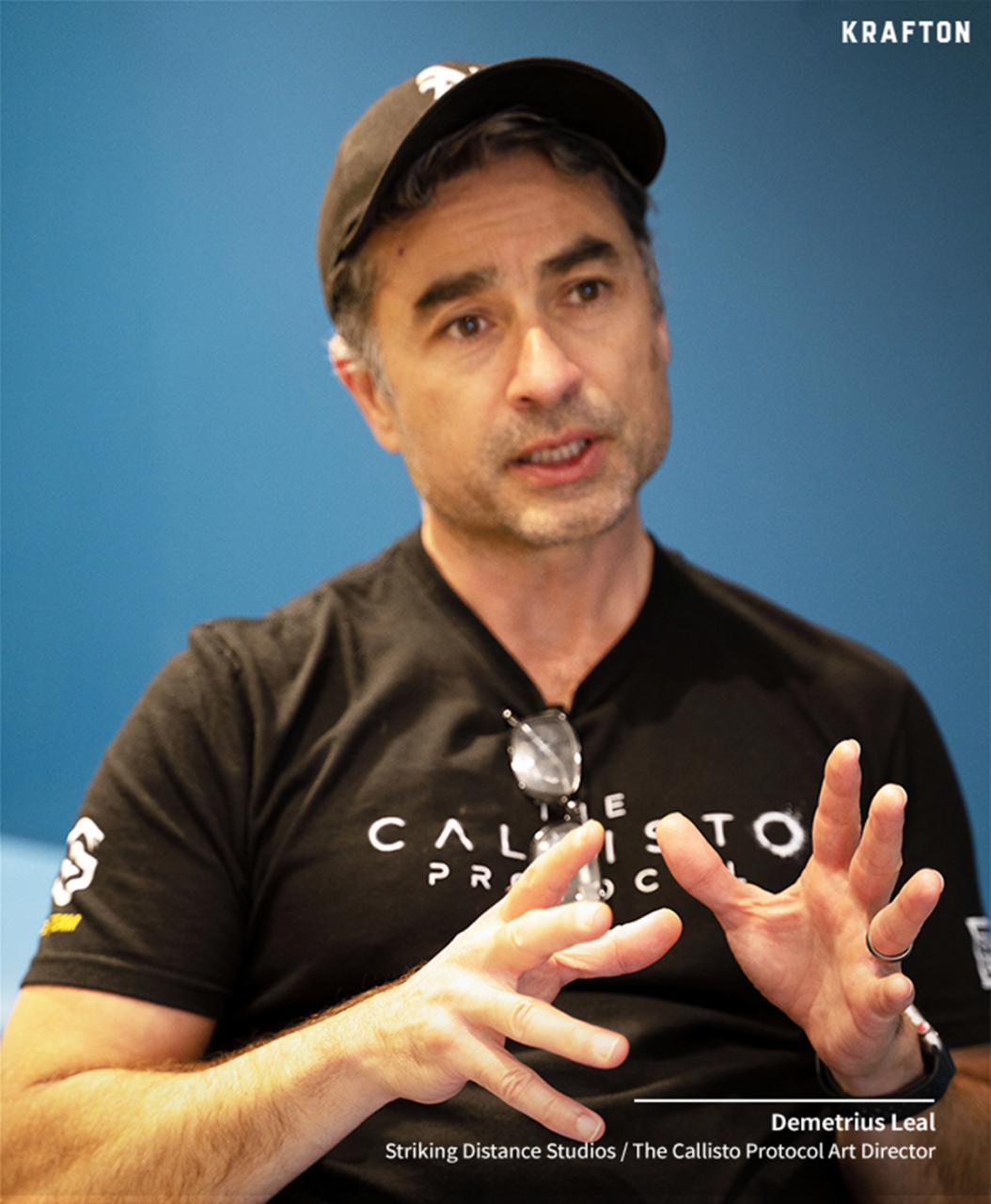
Could you tell us about the organization that you’re leading (Art Dept.), as well as the colleagues you work with?
The AD is a collaborative position at SDS. I work with each of the discipline directors within the art, gameplay, and engineering departments to implement visuals that are in harmony with the gameplay. Within art, we have specialized character, weapon, environment, VFX, lighting, and materials departments with directors and leads responsible for each. For example, I worked closely with the VFX lead to define environmental and combat VFX styles that work toward a complete look.
Having that level of specialization allows us to keep a high level of quality with the visuals. It also requires a high level of cooperation amongst the departments to keep production moving.

For your future colleagues, what type of people do you want to work with at Striking Distance Studios?
TCP would not have been possible without the extremely talented team that is assembled at SDS. I am always looking to learn from my colleagues and want to work with others who are curious and passionate about the craft of making games. Another quality I love about the team here is the openness to share and listen to different points of view and to do so with empathy. The team shares the common goal of wanting to create a great game. Each person leans toward different areas of interest; however, everyone displays a high level of collaboration to creatively solve problems.
I would love for people who are attracted to the qualities mentioned above to come and join us!
“Another quality I love about the team here is
the openness to share and listen to different points of view
and to do so with empathy.”
How did you start your career as a game developer back in the day? Could you introduce the games that you made before joining SDS?
Going over to games was a conscious decision after working in film special effects for many years. While working on films was rewarding, I always believed that games had more potential for impacting people. I applied for a position at Electronic Arts. There I worked on a project that did not ship, the Simpsons Game, the Godfather, Dante’s Inferno, Dead Space, and Dead Space II. It was on Dead Space that I found a team of people (led by Glen Schofield) who had similar creative drive and passion.
Many of the people on the Dead Space team joined Glen to form Sledgehammer Games at Activision. While at that studio, I helped ship Call of Duty Modern Warfare III, Call of Duty Advanced Warfare, and Call of Duty WW II.
How did you join SDS?
When I heard Glen was starting up a new studio, I knew it would be special. I asked Glen if I could apply, and we found it to be a great match! TCP has a high-quality bar which makes it challenging but equally rewarding.
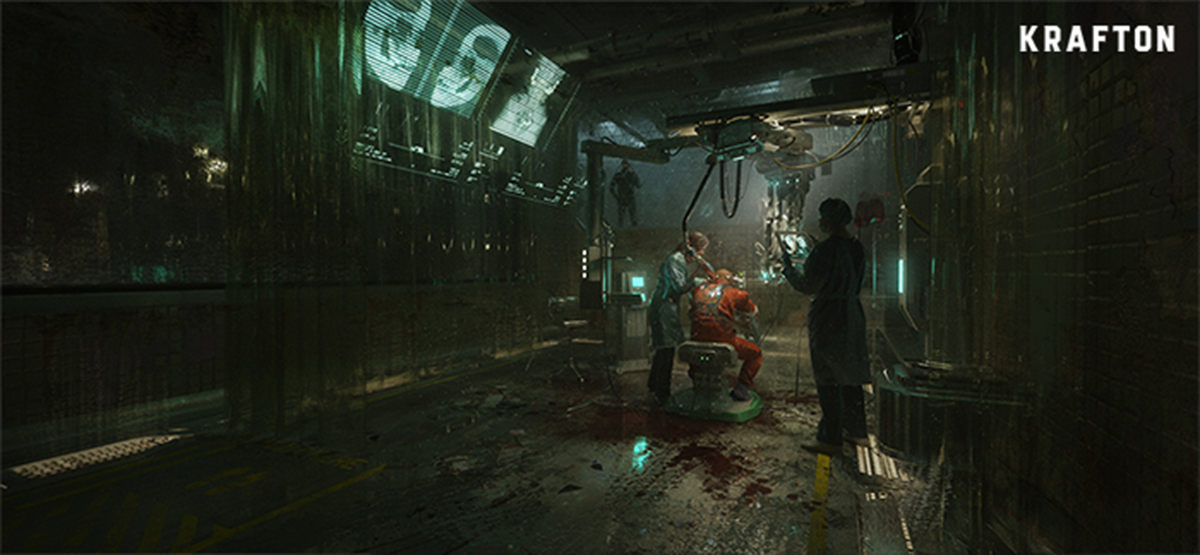
Is there anything that you do in your free time to keep yourself creative?
Free time has been hard to find! The work itself is very creative. However, SDS gave us an iPad as a gift, and I have found it to be a powerful tool to create and stay organized.
Several creative tools are available for the iPad such as proCreate (for drawing/painting), Photoshop (for layering/comping), VizRef (for creating mood boards) that I use both personally and professionally. In addition, I have been experimenting with online AI creative tools such as Midjourney and deepart.io.
Depending on what I’m doing I may take along my camera for enjoyment, to gather reference material, or as a tool for another task (e.g., photogrammetry).
Part of being creative is feeding myself with new inputs, so I do love to read, go to museums, play games, watch movies, and seek out new experiences. So much to do…so little time.
What was the biggest driving force for you that keep you staying in the game development industry for all those years?
I love working on games. Making AAA games is not easy but it’s creative, dynamic, fast-paced, and evolving and that makes the hard work worth it. Plus, I’ve been doing it so long that I don’t know what else I would do professionally! I think it’s permanently in my blood.
What’s the most satisfying part of your job?
Several things – I enjoy it when I can help make substantial positive change for the team. I also enjoy helping others succeed in some way or form. And I enjoy it when I can successfully finish a project or task that is difficult or risky.
What has been rewarding about working on TCP is watching the project grow from an idea to a polished game and remembering the journey from start to finish.
“Making AAA games is not easy.
But it’s creative, dynamic, fast-paced, and evolving
and that makes the hard work worth it.”
What are your favorite games so far? And why?
Currently, I play games to study their game and art design. However, some games have made an impact on me over the years – in order:
Return to Castle Wolfenstien (2001) – I loved the story progression and the occult connection. This game made me decide to work in the industry.
Half-Life 2 (2004) – I loved the puzzle mechanics when paired with the TK gun and the story progression as well.
Portal 2 (2011) – I loved this for the same reasons I loved Half-Life 2.
Monument Valley (2014) – I loved the use of Escher style optical illusions applied to gameplay. It was amazing.
Bloodborne (2015) – I loved the integration of environment design with the combat mechanics. I did not love the level of difficulty, however!

Was there any horror game in the past that fascinated you to want to make scary gaming content?
Ever since working on the original Dead Space, I had always wondered what it would look like if we could bring the power of modern graphics to it. I thought if given the chance, we could make the most realistic (thus scariest) sci/fi horror game ever. And we’ve gotten that chance!
What are the points that you personally focused on in making TCP as its AD?
I wanted to make sure that everything in the game felt connected and shared a common theme. For example, the monsters are mutated humans, and I wanted our environment to mirror that. That is how we discovered and exploited generative design. It is a technology that mutates man-made designs into something foreign and non-human designed. In that way, it was a perfect match for our game.
To support horror, we wanted our player to feel immersed in the world. To make that possible we had to make the world feel relatable even though our game takes place 300 years in the future. For example, our break rooms have computerized vending machines. They look futuristic but still look like vending machines. Unless on purpose, we didn’t want the player to be distracted by objects they didn’t understand
In our previous blogpost, Glen Schofield talked about “Horror Engineering” as the pillar that makes horrifying experiences in TCP. How did you applied this concept while working on this game on your side?
Horror is our main art pillar. To create horror, we needed art that created desolation to help isolate our players. We used both desolation and isolation as drivers in the creative process. For example, when designing our moon’s surface, it wasn’t enough that it was airless. We wanted it to be ruined and hostile. In our case that took the form of a failed terraforming effort on Callisto. That failed effort turned the atmosphere into a frigid endless storm that is hazardous to the players health.
“To create horror, we needed art
that created desolation to help isolate our players.”
What was the scariest media content that you’ve experienced so far? Could you describe the most horrifying moment out of it?
Although I am not a religious person currently, I was raised in a religious (Christian) household. Part of the belief system was the concept of otherworldly beings capable of great evil or great good that had ultimate power over humanity and occasionally crossed over into our world. There is an old movie called The Exorcist that told the story of a young girl possessed by one such evil being (i.e., a demon). Since I had been taught that such things were possible – that movie introduced me to a very real (at the time) and terrifying danger that existed in the world. That was scary.

Do you have any experience involving Korean or Japanese culture (movies, TV series, comics, games, books, etc.)? Could you tell us one or two that you like?
At a very young age, I always loved old Godzilla movies (the ones where a man is wearing a rubber suit). Later on, I discovered Akria (the animated movie), Battle Angel Alita (the manga), and Blade of the Immortal (the manga). All of which influence me creatively. I enjoyed the cinematography in The Host, the story concept of the Train to Busan, and most recently the Squid Games (I liked the production designs in that one).

Is there anything that you want to tell horror game fans and those who awaits TCP, especially in Korea and Japan?
I hope they enjoy playing and traveling into the world of TCP. The team has put so much in there for them to explore and discover… if they survive. Remember, as we try to kill you – know that it is out of love.
What is your goal as a game artist?
My goal with every project is to work with design to present or communicate something impactful for the player. I believe that gaming is still young as a genre and that it has so much untapped potential. My ultimate goal as a game artist is to advance gaming as an art form for the next generation that comes after me.
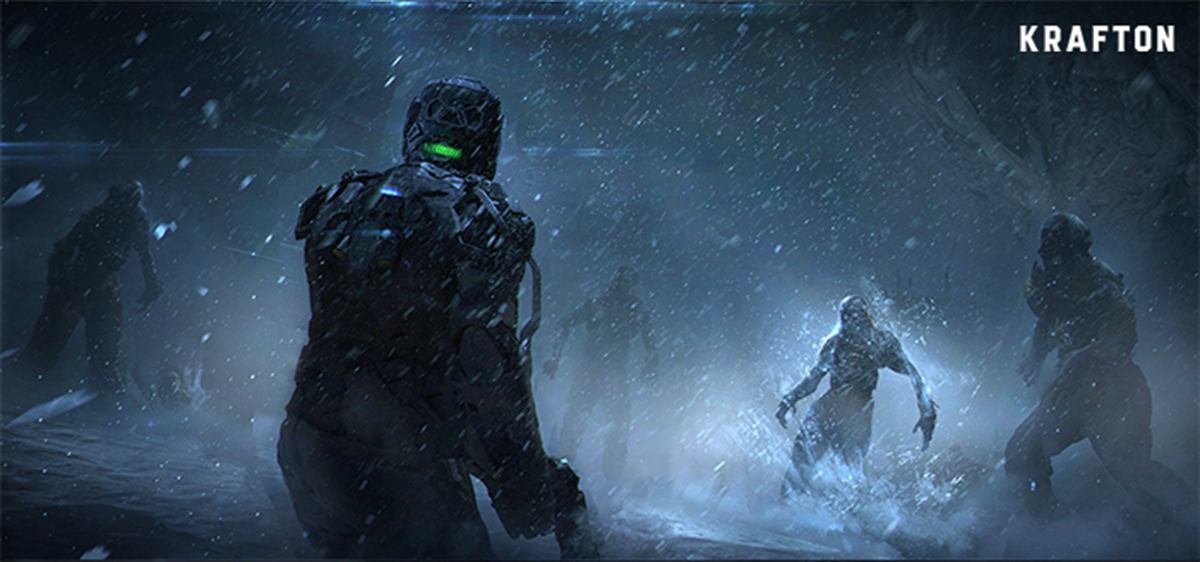
*The Callisto Protocol is scheduled to be released on Dec. 2, 2022.
*The Callisto Protocol Preorder: https://callisto.sds.com/
